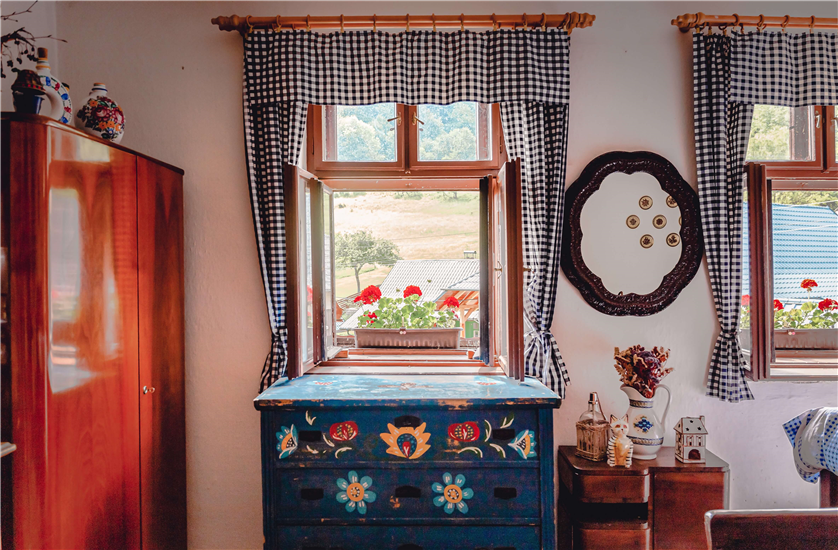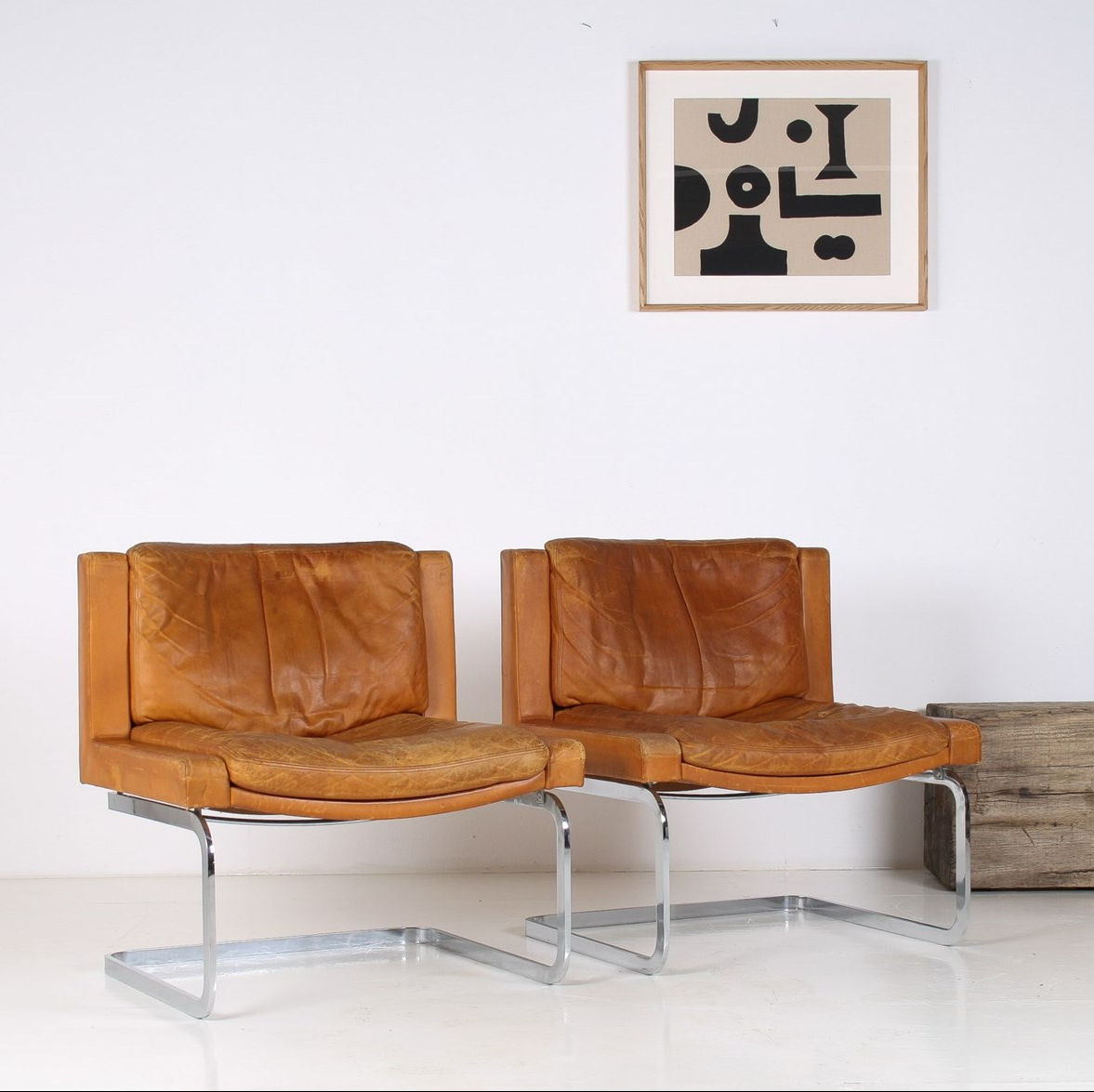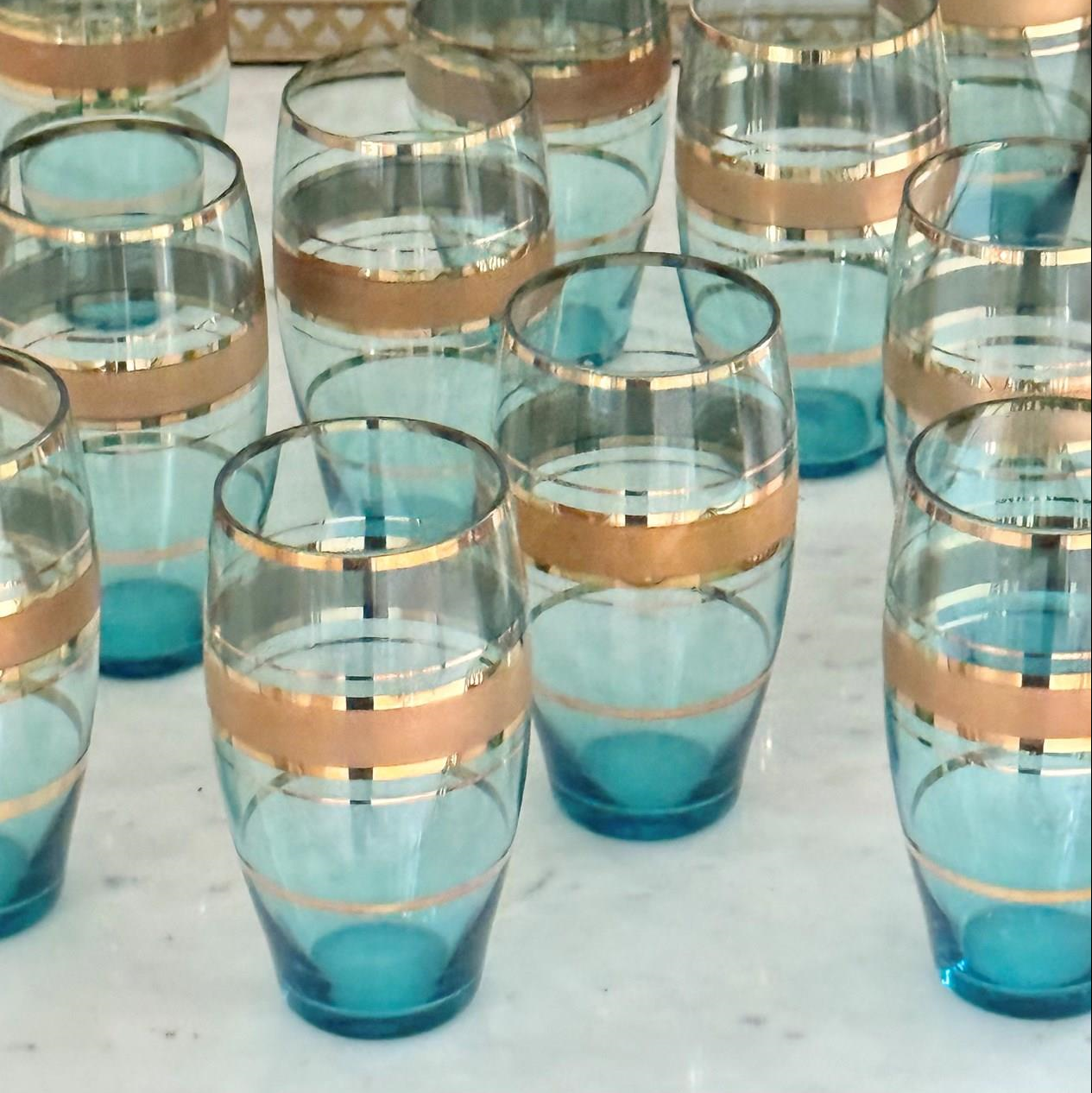
Upcycling furniture is a big trend right now with people adding paints and effects to older furniture to make it look stylish and modern. While upcycling is a great way to bring furniture back to life, could it mean that you’re left with antique furniture that’s worth less?
While not all old furniture is classed as antique, plenty out there could have a higher value than you think at first glance. As a result, you need to know whether you’re doing some damage by upcycling or if you’re simply making the most of the furniture you have.
What Furniture Should You Upcycle?
In theory, you can upcycle any furniture. Wooden furniture can be painted and upholstery can have new fabric added to make it look newer. However, this doesn’t mean that you should recycle all furniture.
Before you get that paintbrush out, you should check your furniture for any maker’s marks, labels, stamps or other identifying marks. These are included on antiques but also reproduction pieces, so you should be able to find more information about when your furniture was made and who made it.
Using this information you can do a bit of research online to see how old the furniture is. This in turn will help you get an idea of the value of the furniture. If it’s a newer item or a reproduction or is worth under £100, you can probably get away with upcycling without damaging its value.
However, if your furniture is rare, old and worth a fair bit of cash, you should avoid trying to upcycle it. If you’re unsure, it’s always worth getting the furniture valued as this can help you make your final decision.
Does Painting Antique Furniture Ruin Its Value?
If your antique furniture is valuable, painting the wood to cover up the original finish and grain will, in most cases, reduce its value. Even using the wrong type of vanish to re-finish your antique furniture can negatively affect its value, so completely covering it in paint can quickly transform a pricey piece of furniture into one that isn’t worth anything.
While you can remove paint in some cases, this won’t undo all of the damage that has been done. If your furniture was chipped or had scratches, the paint may have altered the natural colour of the wood, which can’t be undone. Similarly, the chemicals needed to strip paint can cause more damage, affecting the value even further.
When you consider that even using the wrong type of cleaner can change the colour and finish of antique furniture, you really need to think about whether painting it is the right option.
Can Re-Upholstering Antique Furniture Affect Its Value?
While antique furniture is built to last, when it comes to items like chairs, it is usually the padding and fabric that starts to fail first. The frame can be in tip-top condition even when it is over 100 years old, but it’s unlikely you’ll be able to say the same thing about the fabric.
If the fabric is very damaged, this is likely to affect the value anyway so re-upholstering your furniture is unlikely to reduce its value further. However, if the fabric is in good condition or can be repaired, it may be worth leaving it as it is or getting a professional to fix it.
That being said, updating the fabric can make sure the furniture is more practical and that it will last longer. However, you might want to get it valued first and to ask whether changing the fabric is likely to affect the value you are given.
If you do decide to re-upholster, it is best to get it done by a professional so the original fabric can be removed and new material added without damaging the furniture’s frame.
If In Doubt, Don’t Upcycle
The best rule of thumb to follow is that if you aren’t sure whether a piece of furniture is valuable, don’t upcycle it. Get a second opinion to better understand what the furniture is worth, if it is likely to increase in value over time and what the demand for similar pieces is.
After all, if you aren’t a fan of the furniture, you can always sell it to someone who enjoys it for its original look and use the money to buy more modern furniture or reproductions that can be upcycled without affecting the value.




